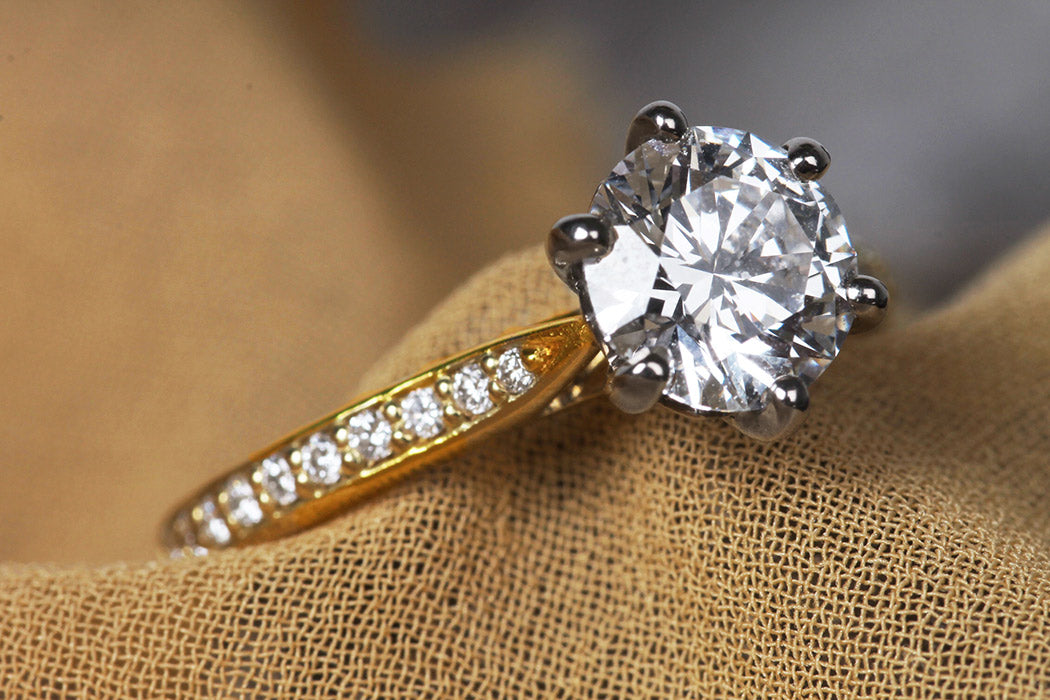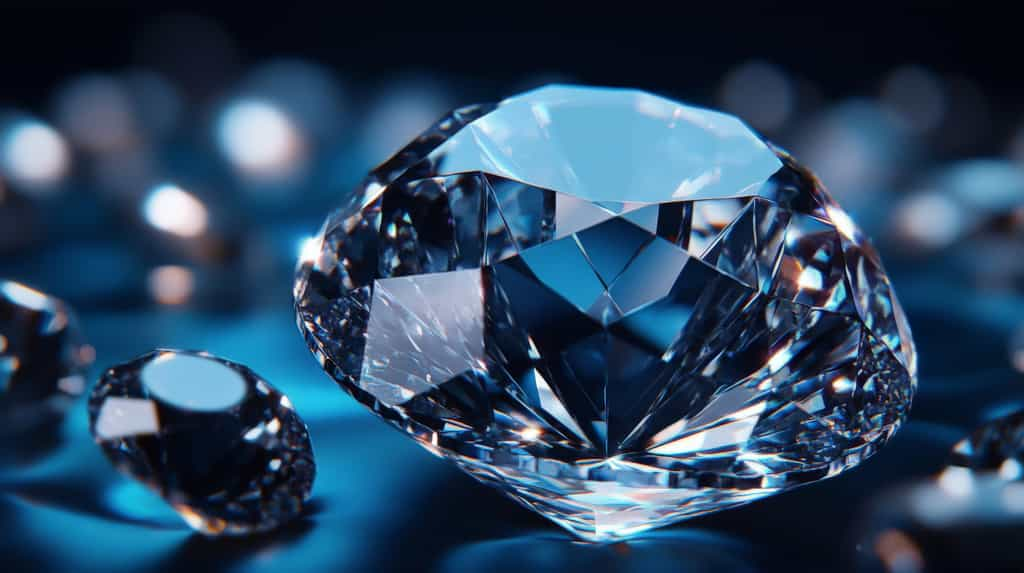
Lab-grown diamond rings are taking the jewelry industry by storm, offering a sustainable and ethical alternative to traditional mined diamonds. This innovative approach to diamond creation raises questions about authenticity, environmental impact lab grown diamonds, and how they compare to their mined counterparts. Are they really as good as natural diamonds? What makes them different? Let’s delve into the fascinating world of lab-grown diamond rings, with a particular focus on those with claw settings.
What Are Lab-Grown Diamonds?
Lab-grown diamonds, also known as synthetic or cultured diamonds, are created in a controlled environment using advanced technology that replicates the natural conditions under which diamonds form. This process can produce high-quality diamonds with the same chemical composition, crystal structure, and optical properties as natural diamonds. The primary difference? Lab-grown diamonds are typically less expensive and more environmentally friendly.
The Claw Setting: What Makes It Special?
When it comes to setting a diamond, the claw (or prong) setting is one of the most popular styles. This setting features small metal claws that hold the diamond securely in place while allowing maximum light to enter the stone, enhancing its sparkle. But why are claw settings so popular for lab grown diamond rings claws?
Advantages of Claw Settings for Lab-Grown Diamonds
The claw setting offers several benefits, especially when used with lab-grown diamonds:
- Enhanced Brilliance: The open design allows more light to pass through the diamond, amplifying its brilliance and fire.
- Secure Hold: The claws grip the diamond tightly, reducing the risk of it falling out.
- Minimalist Aesthetic: The simplicity of the claw setting complements the sleek, modern look of lab-grown diamonds.
- Versatility: Claw settings work with various diamond shapes and ring styles, making them a versatile choice.
Environmental and Ethical Considerations
One of the most significant advantages of lab-grown diamonds is their lower environmental impact compared to mined diamonds. Traditional diamond mining can lead to habitat destruction, soil erosion, and significant carbon emissions. In contrast, lab-grown diamonds require less energy and resources to produce. This environmentally friendly aspect appeals to eco-conscious consumers looking for sustainable luxury.
Ethical considerations also play a role in the popularity of lab-grown diamonds. The diamond industry has a history of conflict diamonds—diamonds mined in war zones and sold to finance armed conflict. Lab-grown diamonds are free from these ethical concerns, providing consumers with peace of mind.
Quality and Value: Are Lab-Grown Diamonds Worth It?
Lab-grown diamonds offer excellent value for the price. They are generally more affordable than their natural counterparts, allowing buyers to get a larger or higher-quality stone for their budget. Additionally, because they have the same physical and chemical properties as natural diamonds, they are just as durable and suitable for everyday wear.
Some traditionalists might question whether lab-grown diamonds hold the same sentimental value as mined diamonds. However, many people find the sustainable and ethical aspects of lab-grown diamonds to be a compelling reason to choose them.
Conclusion: Is a Lab-Grown Diamond Ring with Claws Right for You?
Lab-grown diamond rings with claw settings offer a unique blend of sustainability, affordability, and brilliance. They are a fantastic choice for those who want a beautiful, ethical, and environmentally friendly piece of jewelry. If you’re considering a diamond ring, ask yourself: Do I value sustainability? Do I want a high-quality diamond without the hefty price tag? If the answer is yes, a lab-grown diamond ring with claws might be the perfect choice for you.
So, why not embrace the future of diamonds and consider a lab-grown diamond ring for your next special occasion? With their stunning beauty and ethical benefits, they’re sure to make a lasting impression.






